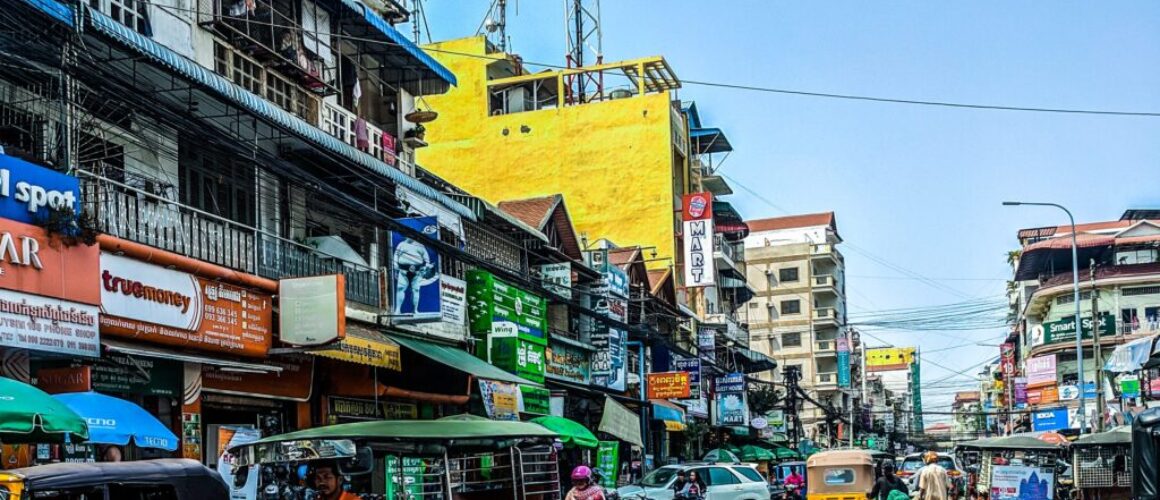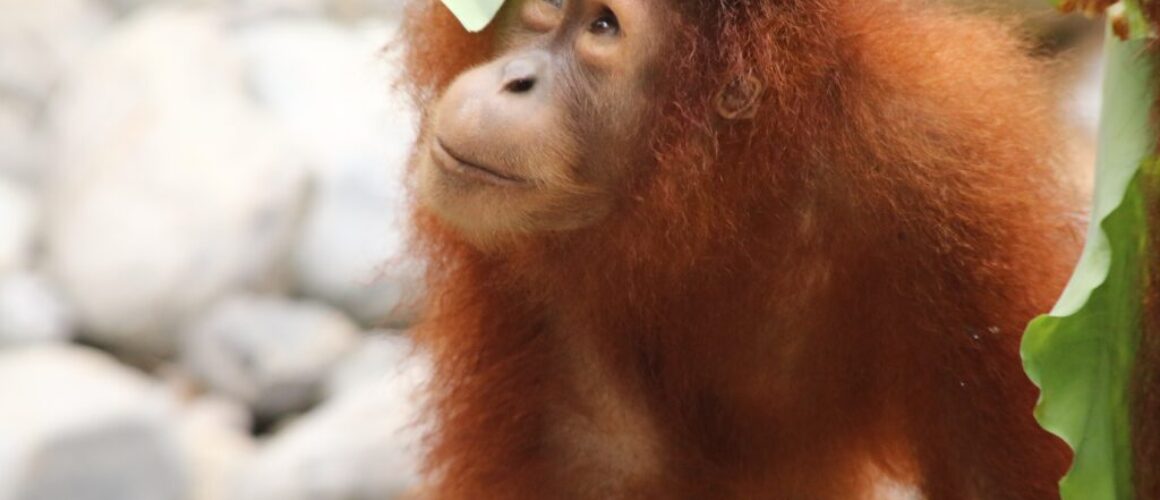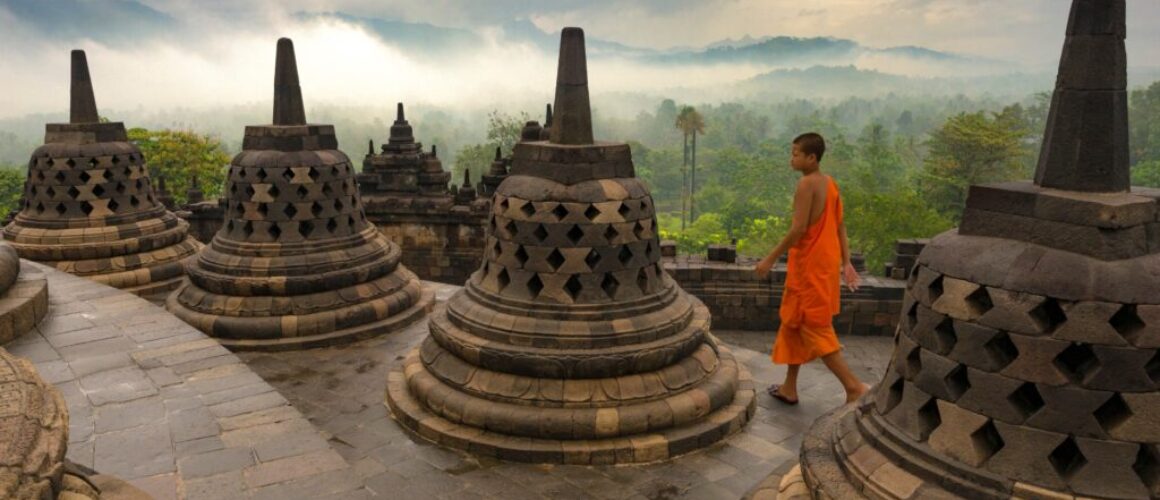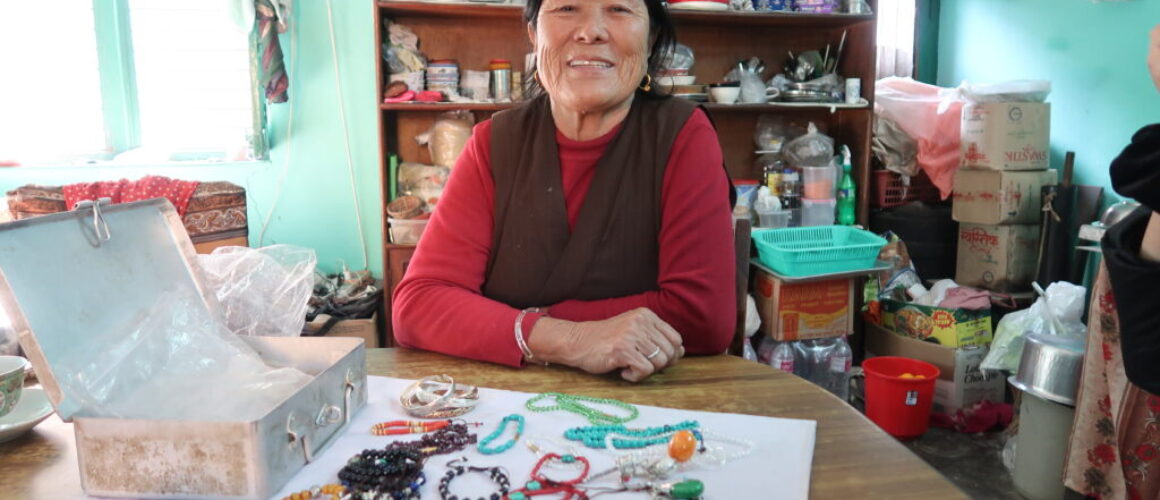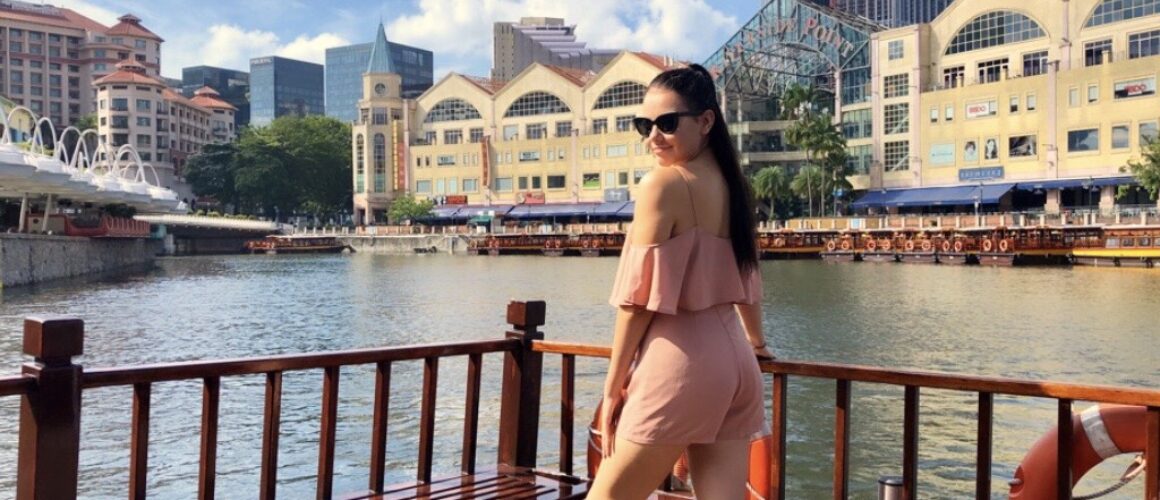Top things to see & do on a short trip to Cambodia
Cambodia is a Southeast Asian nation bordered by Thailand, Laos, and Vietnam. The country is best known for its centuries-old temples, which include the famed Angkor Wat. When most people think of Cambodia, they picture Siem Reap, Angkor Wat, and the other popular temple ruins. However, Cambodia has much more to offer visitors. For those who love history, there are Khmer Empire ruins and museums dedicated to the Cambodian genocide. The capital city of Phnom Penh offers a blend of traditional Khmer architecture and French colonial buildings. The city is also home to numerous parks and lakes, as well as the Royal Palace and Silver Pagoda. nature lovers will enjoy seeing the Cardamom Mountains and Kirirom National Park. Cambodia is also a great place for foodies, with a wide variety of local dishes to try. Even if you’ve only got a short time, Cambodia is well worth a visit.
Explore Phnom Penh
Phnom Penh, the capital of Cambodia, is a city with a rich history and culture. The city is home to many temples and palaces, as well as museums and parks. Visitors to Phnom Penh can learn about the city’s past at the National Museum, which houses exhibits on Cambodian art, culture, and history. They can also explore the city’s religious heritage at Wat Phnom, a Buddhist temple that is one of the most popular tourist attractions in Phnom Penh. For those interested in shopping, there are many markets and malls in the city, and for those who want to experience the nightlife, there are a variety of bars and clubs. Whether you’re interested in history, culture, or just want to have a good time, Phnom Penh has something to offer everyone.

The Killing Fields & S-21
The killing fields of Phnom Penh are a chilling reminder of the brutal regime of the Khmer Rouge, a Communist regime that took over Cambodia in 1975. They renamed the country Kampuchea and ruled with an iron fist. They forced people to work in the fields all day and prohibited them from talking or even stopping to rest. If anyone disobeyed, they were killed. Over time, as people continued to be killed, the fields became full of bodies.
In just four years, from 1975 to 1979, an estimated two million people were killed or died of starvation and disease under the Khmer Rouge. Today, the killing fields are a peaceful site where visitors can learn about this dark period in history. The fields are strewn with human bones and clothing, and there is a memorial dedicated to the victims. The killing fields are a somber reminder of the power of evil, but they also serve as a testament to the strength and resilience of the Cambodian people.
The killing fields are a stark reminder of the atrocities that can be committed in the name of power. During the Khmer Rouge regime, nearly 2 million people were killed in a brutal campaign of genocide. The scale of the violence is almost impossible to comprehend, and yet it is important for changemakers to bear witness to this history. By seeing the remains of the victims and hearing the stories of those who survived, we are reminded of the human capacity for both evil and good. We are also reminded of the importance of fighting for justice and freedom. The killing fields may be a place of mourning, but they can also be a source of inspiration for those who are working to make the world a better place.


The S-21 prison in Phnom Penh is a powerful reminder of the horrors that can be unleashed when inhumanity prevails. Also known as the Tuol Sleng Genocide Museum, the prison was once a high school that was converted into a detention and torture center by the Khmer Rouge regime. Over the course of four years, an estimated 17,000 people were imprisoned and killed at S-21. Today, the prison stands as a sobering monument to the atrocities of the past. For changemakers who are committed to building a better future, a visit to S-21 is essential. The prison serves as a powerful reminder of the importance of human rights and the need to stand up against injustice. It is also a reminder of the importance of never forgetting the past.
Siam Reap
We travelled from Phnom Penh to Siem Reap by bus and it was both affordable and comfortable, and we were able to sleep through the night without having to pay for accommodation. The buses are typically equipped with either beds or comfortable seats that recline, and there is usually plenty of legroom. In addition, the buses are air-conditioned, so passengers can enjoy a cool, comfortable journey. For those on a budget, the bus is an ideal way to travel between Phnom Penh and Siem Reap.
Siem Reap is a fascinating city in Cambodia with a rich history and culture. As the gateway to the ruins of Angkor, Siem Reap is unsurprisingly focused on tourism. However, there is much more to see and do in Siem Reap than just visiting the temples. The city has a vibrant nightlife scene, with numerous bars and clubs to enjoy. There are also many excellent restaurants, offering both Cambodian and international cuisine. For those interested in shopping, Siem Reap has a plethora of markets selling everything from souvenirs to traditional handicrafts.
Visiting a floating village is one of the best things to do in Siem Reap. It’s a great way to see how locals live, as well as get a glimpse of traditional Cambodian culture. There are a few different floating villages to choose from, but all of them offer an authentic experience. You’ll be able to see stilt houses, watch locals go about their daily activities, and even take a boat ride through the village. Floating villages are a great way to get off the beaten path and explore Siem Reap’s hidden gems.

Angkor Wat
Angkor Wat is a temple complex in Cambodia and the largest religious monument in the world, with an area of 162.6 hectares. The temple was built by the Khmer King Suryavarman II in the early 12th century in honour of the Hindu god Vishnu. It is constructed of sandstone and laterite, and is decorated with intricate carvings and bas-reliefs. The temple has been well-preserved, and is a popular tourist destination.



Angkor Wat is one of the most popular tourist destinations in Cambodia, and for good reason. The ancient temple complex was inscribed as a UNESCO World Heritage Site in 1992, and it is truly a sight to behold. But Angkor Wat is more than just a pretty place – it is also a powerful symbol of hope and resilience. For centuries, the temple complex was hidden away in the jungle, forgotten by the world. But in the early 1990s, a team of archaeologists began working to excavate and restore the site. Today, Angkor Wat is once again a thriving destination, and a reminder of what can be accomplished when people come together to preserve our shared heritage.
